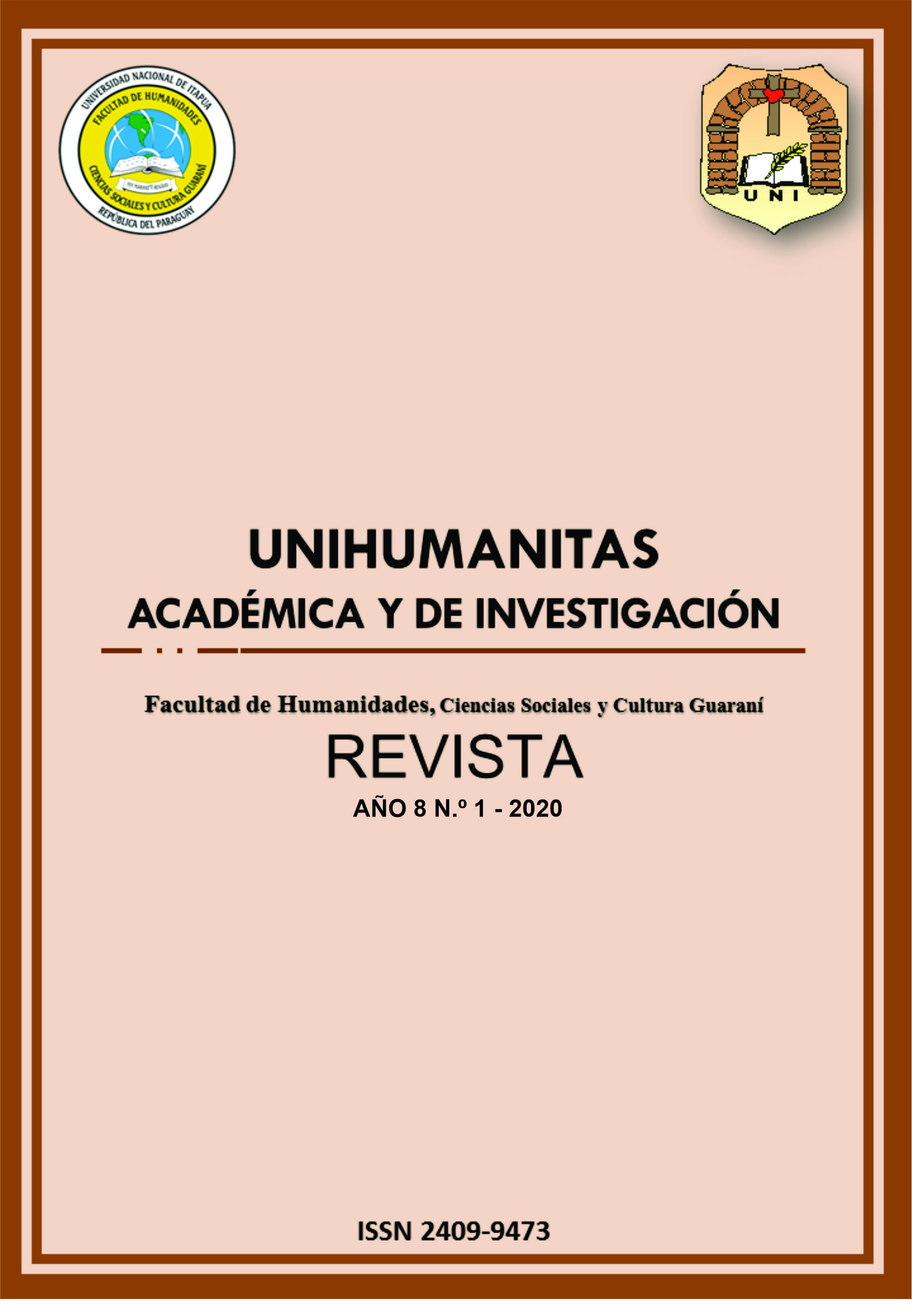Inteligencia emocional como factor protector del cutting en adolescentes
Contenido principal del artículo
Resumen
La presente investigación tuvo por objetivo central, describir los componentes de la inteligencia emocional en una adolescente de 13 años de edad que practica cutting. De diseño descriptivo, empleándose el enfoque cualitativo, de corte transversal y de tipo no experimental, a través del estudio de caso único. Los instrumentos utilizados fueron el cuestionario de Inteligencia Emocional, El cuestionario de evaluación IPDE, y el Registro de pensamiento. Los resultados muestran que presenta característica clínicas tales como trastorno de personalidad narcisista, trastorno de personalidad por evitación, trastorno límite de la personalidad, así como baja tolerancia a la frustración; las características psicológicas revelan conflicto de personalidad y pensamientos disfuncionales fuertemente arraigados que dan a conocer a una adolescente que piensa que no vale como persona, no solo físicamente por tener una discapacidad física, sino también emocional y mentalmente. En conclusión, se demuestra que existe una relación entre niveles bajos de los componentes de la inteligencia emocional con la alta frustración, sensación de inutilidad, no aceptación y la mala relación con sus progenitores.
Detalles del artículo

Esta obra está bajo una licencia internacional Creative Commons Atribución 4.0.
Citas
Gerrig, R., & Zimbardo, P. (2005). Psicología y vida. México: Prentice Hall.
Goleman, D. (1996). Inteligencia emocional. Barcelona: Editorial Kairos.
Lamboglia, J. (2015). Las autolesiones. Guayaquil: 5 al 8.
Minici, C. R. (2017). Conducta y ciencia del comportamiento. Psyciencia, 5-10.
Obst, J. (2014). La terapia cognitiva integrada y actualizada. Buenos Aires: CATREC.
Papalia, D., Wendkos, S., & Duskin, R. (2010). Desarrollo humano. México: McGraw-Hill Interamericana Editores, S.A. de C.V.
Rodríguez Reina, I. (2009). La inteligencia emocional en el proceso de enseñanza: concepto y componentes. Innovación y experiencias educativas, 1-12.
Ugarriza, N., & Pajares, L. (2005). La evaluación de la inteligencia emocional a través del Inventario de Bar-On ICE: NA, en una muestra de niños y adolescentes. Persona, 11-58.
Ulloa, R., Hernández, C., Navarrete, K., & Figueroa, G. (2013). Frecuencia de autolesiones y características clínicas asociadas en adolescentes que acudieron a un hospital psiquiátrico infantil. Salud Mental, 36(5), 417-420.
Varela, O., Serrano, E., Rodríguez, V., Curet, M., Conangla, G., Cecilia, R., ... Dolz, M. (2017). Ideación suicida y conductas autolesivas en adolescentes con trastornos de la conducta alimentaria. Actas Españolas de Psiquiatría, 45(3), 157-166.

